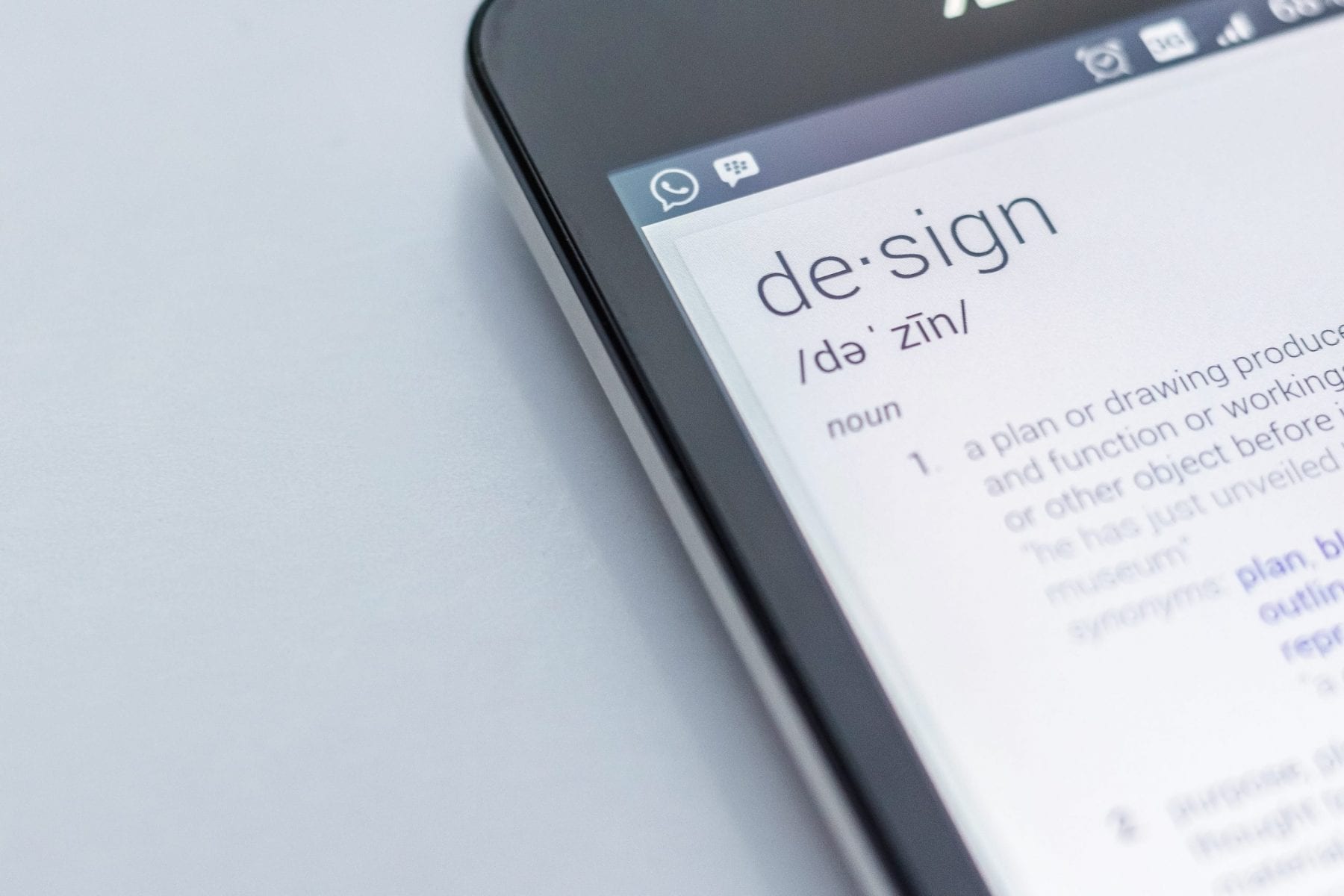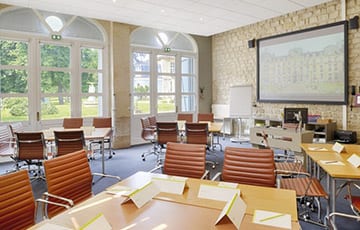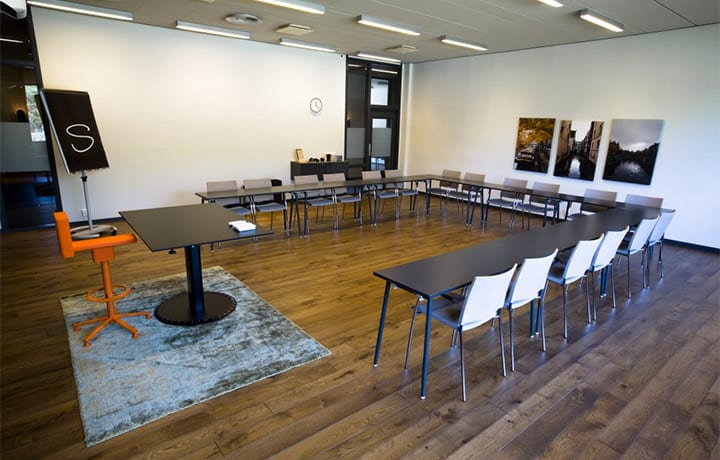A great strategy implemented through poor meetings carries a high risk – MindMeeting
You wouldn’t ask your accountant to design your website. The office manager probably isn’t in charge of your cyber security either. Why, then, do we insist on designing our own strategy meetings? Especially when – as is often the case for strategy meetings – they’re so important to our success?
The pitfalls of a poorly planned strategy meeting
Let’s take the “Acme Corporation”, from Champaign, Illinois. Acme makes high-end tableware. They’ve just acquired their former competitor, “Spoonfull”, and are holding a 2-day meeting to align their top-100 management and executives around the combined company’s new strategy.
The Acme Board of Management’s goal is for everyone to understand the strategy and to get enthused by it. They’ve secured a rather exclusive venue, with splendid food, great drinks and a golf course.
During the day, all board members will deliver presentations, explaining the strategy and underlying figures, as well as the implications for activities such as production, sales and marketing.
A renowned guest speaker will give an outsider perspective on the importance of strategic thinking. If there’s enough time, there might be a quick Q&A after each session. To conclude, the Chairman will join to provide extra motivation. After that, it’s time for fun, drinks and dining. Sound familiar?
This clearly qualifies as a strategy meeting. Acme is integrating an acquisition and announcing a new strategy, after all. In fact, the company’s future depends on the success of meetings like this one. So why haven’t they given it the consideration and planning that it deserves?

Image courtesy of Unsplash
When should you have a strategy meeting?
Aside from the example above, you may have a strategy meeting when:
- introducing new company-wide systems
- opening up completely new product lines or services
- opening up to new markets
- targeting wholly different client segments
- implementing a different business model.
There are many more reasons why a strategy meeting should be held, and recognising these occasions is key.
Set clear objectives for strategy meetings
There’s lots of opportunity to strengthen a programme like the one Acme has used.
Specifying clearer objectives, and identifying ways of ascertaining whether those objectives have actually been achieved, would be a great start.
Ultimately, the most important outcome from any meeting like this is as simple as it is rare. We want the participants to start doing different things and doing things differently when they return. That is the impact you want the meeting to have.
Exactly what changes are you looking to make? And how will the board be able to recognise that the message of the meeting has actually been received and translated into the day-to-day lives of the participants? The current set-up leaves this up to the individual, which is actually quite risky.

Image courtesy of Unsplash
Use experiences in strategy meetings to bring about meaningful change
Next, think about what the participants need to learn or take-away in order to obtain that change. The assumption with the current programme is that the input, facts and figures and some motivational prodding will be enough to empower participants to make meaningful changes. But is that really enough?
We all know that obtaining behaviour change from individuals is difficult. It’s very rare for people to change their behaviours based on facts and figures alone.
Conversely, proper change is much more likely if we can find a way to engage with participants. A powerful and memorable experience, for example, is usually far more impactful. In the Acme programme, however, the activities that could provide these experiences are too generic. An exclusive environment, great food, drinks and banter, playing golf – these may sound like fun, but none of them have anything to do with the tasks that will need to be performed when back home.
Instead, the programme could have offered activities that actually challenge the participants to start applying the strategic approach into their daily practice. This gives them an early opportunity to process, apply and benefit from the information they’ve received.
Strategy meetings as a unique means of communication
In short, it’s highly unlikely for the desired changes to take place through a programme of presentations. Passivity is the enemy of meaningful change.
A powerful programme that really enacts change requires very careful design; touching on emotional levers with just the right intensity. The aim is to:
- make use of the power that group experiences can create
- foster strong memories of how this particular meeting should translate in the daily practice of all participants
- ensure that individual participants are aware of the implications for themselves and their colleagues, in order to create a good support network for when they may need it.
Sitting and listening to presentations is a start, but more is needed. Much more.
It’s a curious phenomenon how, in almost every professional group (corporate executives, doctors, policy makers, etc.), the people who call the meetings make their own programmes too. It is as if meetings are not worthy of proper consideration and specific design.
The same executives who decide that their strategy meeting needs five 1-hour presentations wouldn’t dream of designing their own website or their own corporate brochure. Yet, for meetings, they’re more than happy to make the programmes – mostly based on obsolete classroom teaching models.

Image courtesy of Unsplash
The best strategy meetings are usually highly strategised
We believe that much more can be obtained from meetings if programmes are designed with a clear method and based on clear objectives. Actually, in practice, clarifying the objectives and desired outcomes is the very first step in the method that most meeting designers follow.
In order to be effective and efficient, meetings – and especially strategy meetings – require professional design by expert designers who understand how to formulate clear objectives, translate these into participant experiences, and deliver the required learning to ensure participants will actually implement different behaviours once they leave the meeting.
In the end, only this type of structured approach will produce the right outcomes and impact.
Writer bio
Mike van der Vijver is a consultant, trainer and facilitator, working with people and processes.
Mike has almost 25 years’ experience in the meeting industry, initially as conference interpreter and subsequently as Meeting Designer through Mindmeeting, the company he co-founded. In addition, he is an executive consultant and coach on national and organisational culture. Mike regularly provides content at international conferences. Furthermore, Mike was also a former member of the board of the Italian Chapter of MPI, a former member of Itim, the Institute for Training in Intercultural Management and former Board member of Congrestolkensecretariaat (Conference Interpreters) of Amsterdam. He lives both in Italy and the Netherlands.














